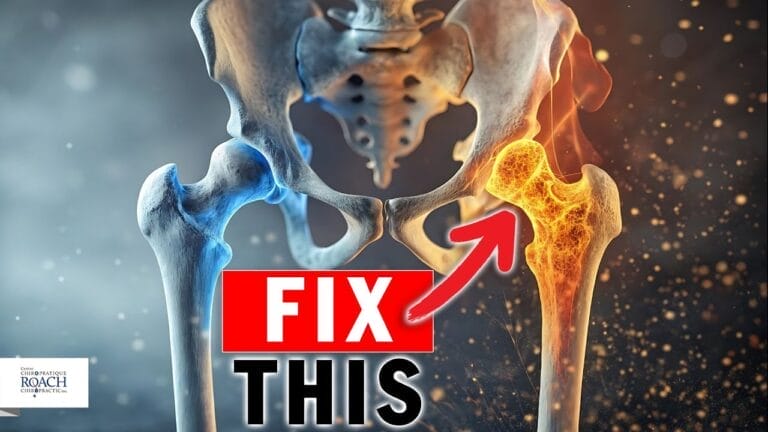Shoulder Mobility Exercises – Part 1
Shoulder mobility is essential for maintaining a pain-free, active lifestyle. Whether you’re an athlete, an office worker, or someone recovering from an injury, improving shoulder mobility can enhance posture, reduce discomfort, and prevent future injuries. Chiropractic care offers a natural, non-invasive approach to optimizing shoulder function by addressing spinal alignment, muscle imbalances, and joint restrictions. This two-part blog explores effective shoulder mobility exercises, chiropractic techniques, and best practices to improve shoulder health.

Understanding Shoulder Mobility: Canadian & Global Statistics
Shoulder pain and mobility issues are widespread, affecting millions of individuals worldwide.
- In Canada, shoulder pain accounts for 16% of all musculoskeletal complaints in chiropractic clinics.
- Over 25% of adults experience shoulder pain at some point in their lives.
- Globally, shoulder pain is one of the top five most common musculoskeletal disorders, affecting millions annually.
- Rotator cuff injuries, bursitis, and tendinitis are among the leading causes of shoulder mobility restrictions.
These statistics highlight the importance of proactive care and effective treatment strategies, such as chiropractic adjustments, to improve mobility and reduce pain.
Identifying Symptoms of Shoulder Mobility Issues
Recognizing the signs of restricted shoulder mobility can help prevent long-term discomfort. Common symptoms include:
- Limited range of motion when lifting or rotating the arm.
- Stiffness or tightness in the upper back and neck.
- Pain that worsens with repetitive movements.
- Weakness or instability in the shoulder muscles.
- Difficulty performing overhead movements.
If shoulder mobility issues persist, chiropractic care can help address the underlying causes and prevent further complications.
Step-by-Step Guide to Improving Shoulder Mobility Through Chiropractic Care
Step 1: Chiropractic Evaluation & Spinal Adjustments
A chiropractor assesses spinal alignment and shoulder function. Adjustments help restore proper nerve communication, reducing tension and improving mobility.
Step 2: Postural Corrections & Ergonomic Adjustments
Improving posture through chiropractic guidance and ergonomic modifications prevents muscle strain and enhances shoulder stability.
Step 3: Soft Tissue Therapy & Rehabilitation Exercises
Chiropractors recommend targeted exercises to strengthen shoulder muscles and improve flexibility.
Step 4: Nervous System Optimization
Chiropractic adjustments enhance nervous system function, improving proprioception (body awareness) and coordination.
Step 5: Lifestyle Modifications & Ongoing Care
Regular chiropractic visits, hydration, and proper nutrition support long-term shoulder mobility improvements.
SHARE THIS







